Diferencias fundamentales entre Linkbuilding y Linkbaiting
En el mundo SEO existen dos términos que llaman la atención por encima de otros muchos, y que al mismo tiempo generan cierto debate con su diferenciación. Se trata del Linkbuilding y Linkbaiting
¿Qué son? ¿En qué se diferencian? Hoy os lo explico de forma resumida :)
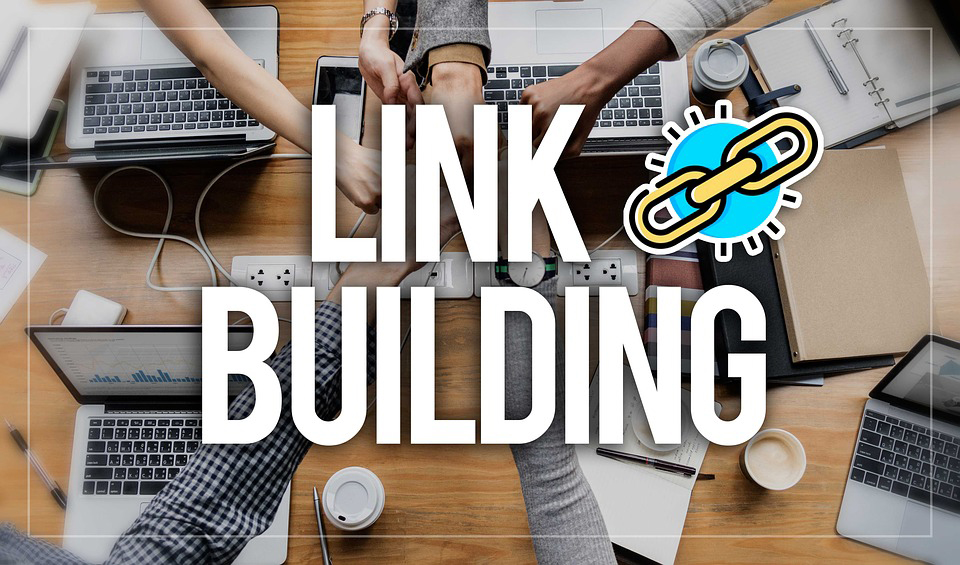
Conociendo el Linkbuilding
El Linkbuilding es una de las muchas prácticas del marketing digital u online utilizada principalmente por nosotros los SEO para mejor el posicionamiento de los sitios web en las buscadores, facilitando así que las personas encuentren la página “promocionada” con esta estrategia.
Se basa en la obtención de links externos o enlaces de otras webs a una propia (backlinks), en otras palabras, el Linkbuilding son todas las acciones que realizamos para que el sitio web que queremos promocionar se enlace a la página web de un tercero para aumentar nuestra popularidad.
el Linkbuilding son todas las acciones que realizamos para que el sitio web que queremos promocionar se enlace a la página web de un tercero para aumentar nuestra popularidad
Este concepto tiene mucho que ver con el llamado PageRank (PR), un algoritmo usado por los buscadores, principalmente Google, que califica la importancia o relevancia de una página, mejorando su visibilidad (posicionándola) en los resultados de búsqueda o SERP si la “importancia” de la página en cuestión es superior a la de la competencia.
PageRank
El algoritmo inicial del PageRank lo podemos encontrar en el documento original donde sus creadores presentaron el prototipo de Google: “The Anatomy of a Large-Scale Hypertextual Web Search Engine”:
Donde:
- es el PageRank de la página A.
- d es un factor de amortiguación que tiene un valor entre 0 y 1.
- son los valores de PageRank que tienen cada una de las páginas i que enlazan a A.
- C(i) es el número total de enlaces salientes de la página i (sean o no hacia A).
Expertos aseguran que el valor de la variable d del PageRank suele ser 0,85.
El PR representa la probabilidad de que los navegante continúen pulsando links al navegar por Internet en vez de escribir una url directamente en la barra de direcciones o pulsar uno de sus marcadores y es un valor establecido por Google.
Por lo tanto, la probabilidad de que el usuario deje de pulsar links y navegue directamente a otra web aleatoria es 1-d. La introducción del factor de amortiguación en la fórmula resta algo de peso a todas las páginas de Internet y consigue que las páginas que no tienen enlaces a ninguna otra página no salgan especialmente beneficiadas.
Si un usuario aterriza en una página sin enlaces, lo que hará será navegar a cualquier otra página aleatoriamente, lo que equivale a suponer que una página sin enlaces salientes tiene enlaces a todas las páginas de Internet.
Fuente: https://es.wikipedia.org/wiki/PageRank
Bueno, sigamos con el Linkbuilding :)
Formas en las que se presenta el Linkbuilding
Hay varias formas en las que el Linkbuilding, o también conocidos por muchos como “constructor de enlaces”, se presenta y puede ser como un simple enlace externo con una palabra por ejemplo “haga click aquí” (nada recomendable por cierto… todos sabemos ya lo que es el “anchor text” no? si no lo sabes pregunta que no me quiero repetir tanto jajaja) o también puede ser una imagen.
Hago hincapié en que si en nuestra estrategia de linkbuilding usamos imágenes estas deben ser acompañadas por un texto alternativo o etiqueta ALT que debe tener relación con la página que queremos posicionar, pudiendo usar el nombre del dominio entre otras alternativas, ya que no podemos usar “comprar Smartphone Samsung” y que te mande a una página donde solo se vende iPhone…
si en nuestra estrategia de linkbuilding usamos imágenes estas deben ser acompañadas por un texto alternativo o etiqueta ALT
Esto se tomaría como un engaño y causaría un efecto muy negativo en el posicionamiento de tu sitio por lo que tendrías el resultado opuesto al que querías, bajarías en el ranking de las SERP. Es lo mismo que el anchor text (al final he vuelto al tema jaja), que sea descriptivo por favor, no pongáis cualquier cosa…
También hay que tener en cuenta y como veremos a continuación, generalmente los contenidos de calidad y con el tiempo, se terminan entrelazando de forma natural sin necesidad de hacer “nada”, excepto mantener a la página con buen contenido.
Hay muchas maneras de conseguir backlinks o enlaces externos – hoy solo os explico la terminología y más adelante hablaremos de acciones concretas – pero cuidado que no todas son aceptadas por los buscadores y Google es el más estricto al respecto… ya que muchas de estas técnicas se consideran técnicas spam y nosotros los SEO, que nos dedicamos a esto, debemos combatir el Spam y no generarlo.
Por ejemplo, ¿podemos comprar dominio caducado y hacerle una redirección 301 para que todos sus backlinks ahora sean nuestros? Parece una jugada inteligente pero esto a Google no le gusta nada de nada y no os lo recomiendo, al menos “no en exceso” ;)
los SEO debemos combatir el Spam, no generarlo

Conociendo el Linkbaiting
Por su lado el Linkbaiting (cebo de enlaces) es un término SEO que hace referencia a cualquier contenido llamativo que incite a otras personas o usuarios a compartirlo y crear enlaces que “apunten” a nuestra web desde sus propias páginas, blogs… solo por el mero hecho de haberles gustado o llamado la atención nuestro contenido, es decir, de forma natural (lo que le gusta a Google).
En otras palabras, este método se basa en el esfuerzo e innovación por:
1) crear contenido que interese
2) además que este contenido sea de calidad,
3 ) y que llame la atención de las personas,
4) para que finalmente, tras esperar un tiempo,
5) de forma natural otros usuarios empiecen a compartir tu url.
En otras palabras, el Linkbaiting se basa en el esfuerzo e innovación, en tener contenido de calidad que llame la atención de las personas y esperar a que empiecen a compartir tu página de forma natural por el interés que tuvieron en ella.
La creatividad y la calidad son las principales herramientas, debemos estar al día para mantener el interés de las personas e intentar siempre “innovar” o al menos informar con contenido de calidad.
Otra herramienta útil para hacer Linkbaiting es recurrir a la infografía ya que estas son perfectas para transformar un concepto en imágenes y presentar la información en un formato mucho más atractivo que una simple publicación.
Otros Métodos
Más métodos para expandir la noticia de tu página podrían ser, crear una página web para hacer promoción de tu sitio o la creación de canales de comunicación propios.
Incluso emplear estrategias como mostrar una pequeña parte de lo que ofreces en tu página en las redes sociales, o utilizar cualquier medio de comunicación para así atraer a personas interesadas y aumentar tu posición, en resumen, cualquier promoción es bienvenida.
Las diferencias finales entre Linkbuilding y Linkbaiting
Ya explicados los conceptos de Linkbuilding y Linkbaiting podemos notar las diferencias entre estos.
El linkbaiting es estratégico para nosotros en el posicionamiento SEO porque con contenido de calidad que nos dé valor, podremos ser enlazados hasta quien sabe, por la competencia…
El Linkbaiting cada vez tiene más protagonismo, incluso mayor que el mismísimo Linkbuilding, ya que nos permite que nuestras webs crezcan en popularidad de manera natural. Es una estrategia cero invasivas, sin comprar enlaces, y cumple todas las directrices que le encantan a Google este 2019, porque…
¿Qué es lo que premia Google? Precisamente la naturalidad del enlace, que se haga de una manera nativa, desde una web que tenga relación con nuestro sector y su reputación en Google, el buscador más importante.
Estos dos métodos esencialmente buscan lo mismo, que una página gane backlinks y ambos se complementan mutuamente.


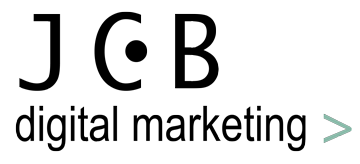





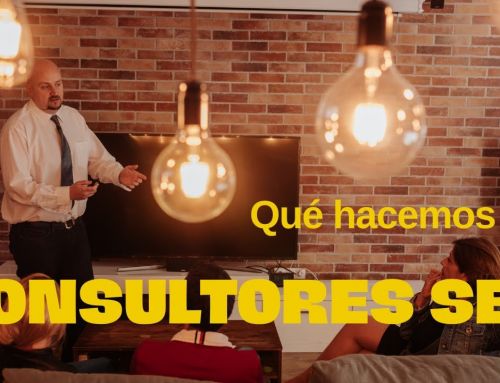
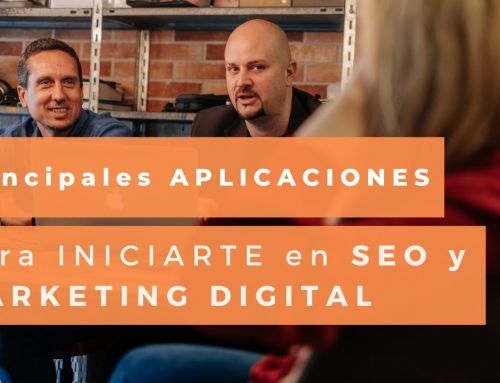
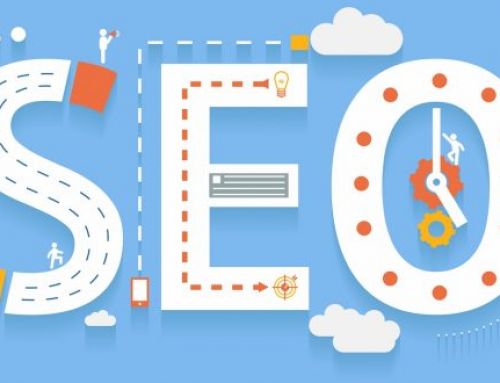
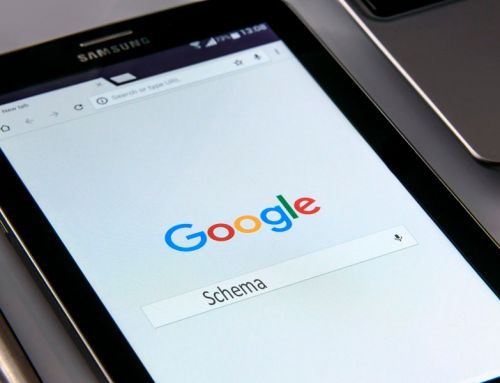

Leave A Comment
You must be logged in to post a comment.